Une perspective globale
Le C²DH s’efforce d’impliquer le public et de promouvoir une meilleure compréhension de l’histoire à l’ère numérique. Les activités de sensibilisation comprennent l’organisation de conférences, d’ateliers et de conférences publiques ainsi que la publication d’expositions virtuelles, de livres en libre accès et d’autres produits numériques.
Expositions virtuelles et projets en ligne
Les expositions virtuelles du C²DH offrent une expérience immersive du passé en offrant un aperçu unique de sujets historiques comme les guerres mondiales au Luxembourg, le passé complexe de la région industrielle de Minett ou l’histoire de l’Est de la Belgique. Ces expositions reflètent les dernières avancées en matière de technologies numériques, brisant le moule de la narration traditionnelle avec des récits virtuels présentés de manière non linéaire et incluant du contenu multimédia et des fonctionnalités interactives pour offrir une expérience informative et divertissante.
-
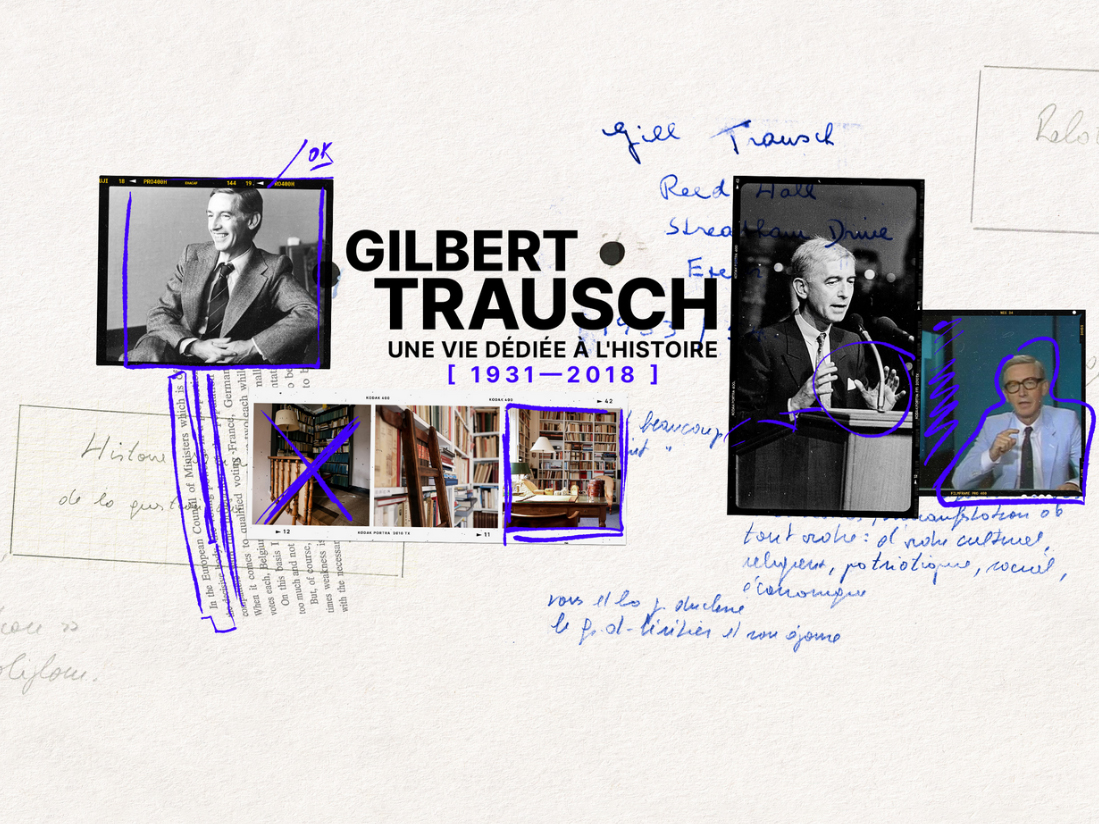
Gilbert Trausch – Une vie dédiée à l’histoire (1931-2018)
Cette exposition en ligne sur Gilbert Trausch – figure emblématique de l’historiographie luxembourgeoise – offre un regard unique sur le travail d’un historien avant et au début du support informatique.
-
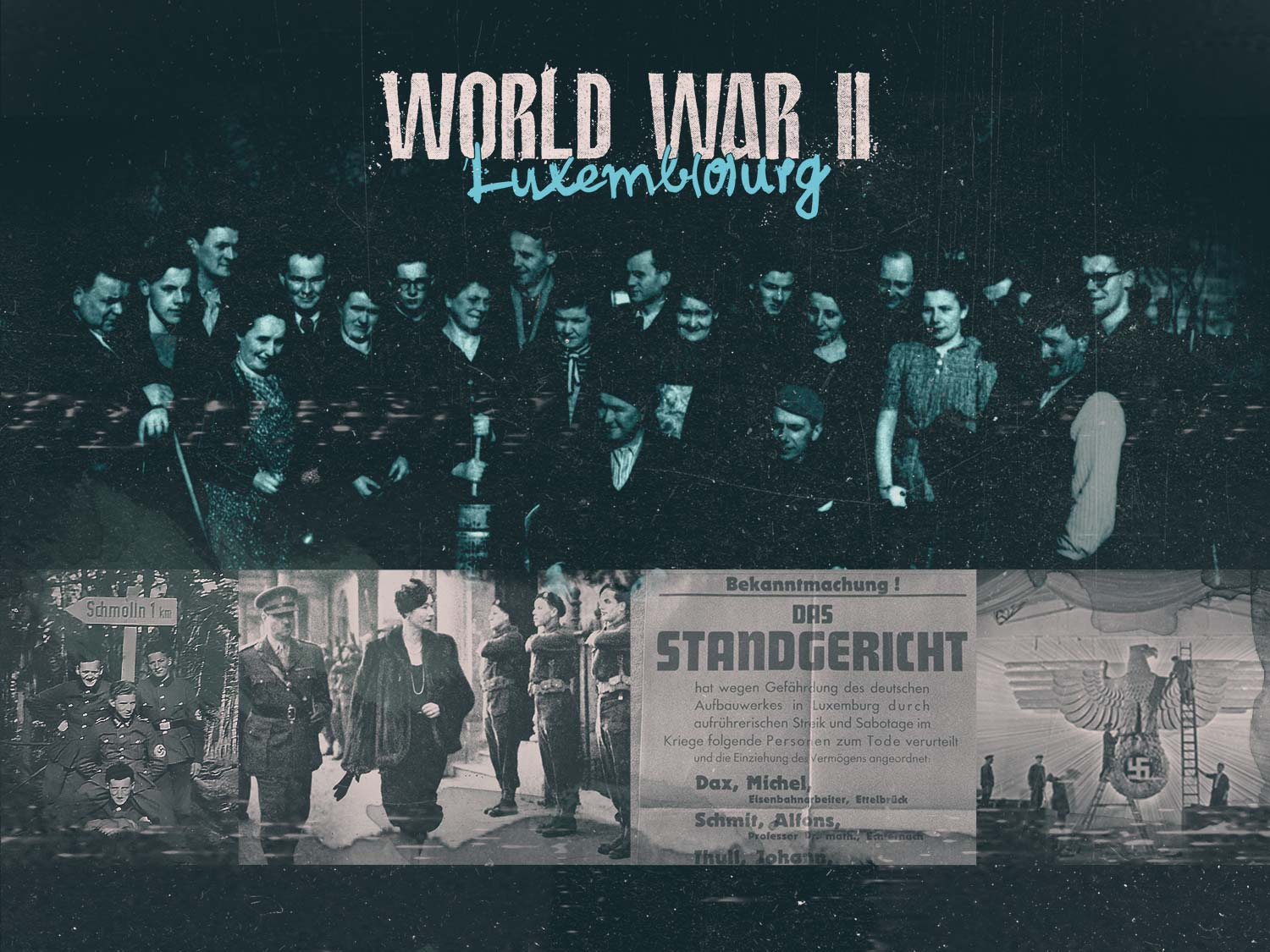
WW2.lu. Le Luxemb(o)urg pendant la Seconde Guerre mondiale
WW2.lu est une exposition en ligne multilingue qui présente l’histoire du Luxembourg pendant la Seconde Guerre mondiale, en tenant compte des recherches historiques récentes
-
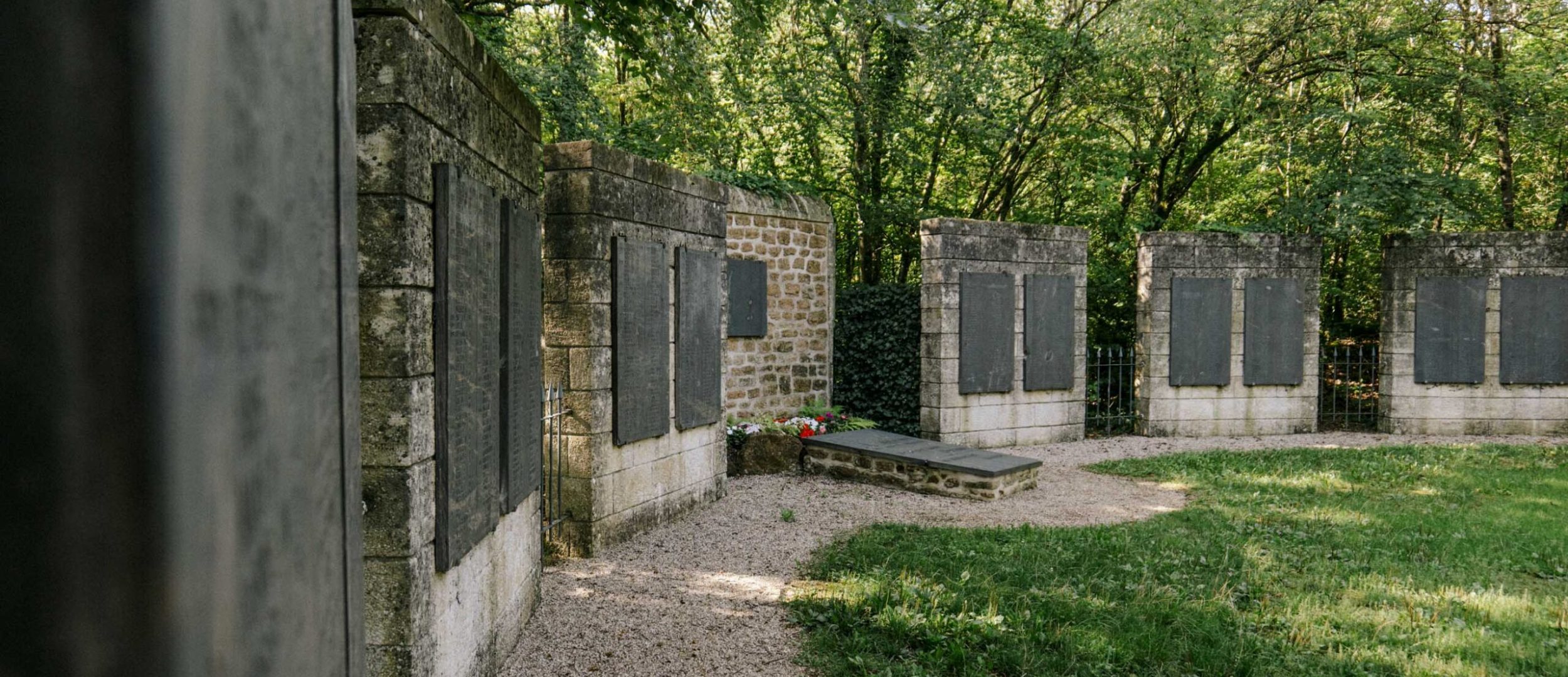
Le Monument national des mineurs à Kayl
Entre 1860 et 1980, l’exploitation minière au Grand-Duché coûte la vie à quelque 1.500 mineurs. En leur honneur, la commune de Kayl érige un monument au milieu des années 1950, en face de la «Léiffrächen». Découvrez l’histoire et les statistiques sur ce site.
-
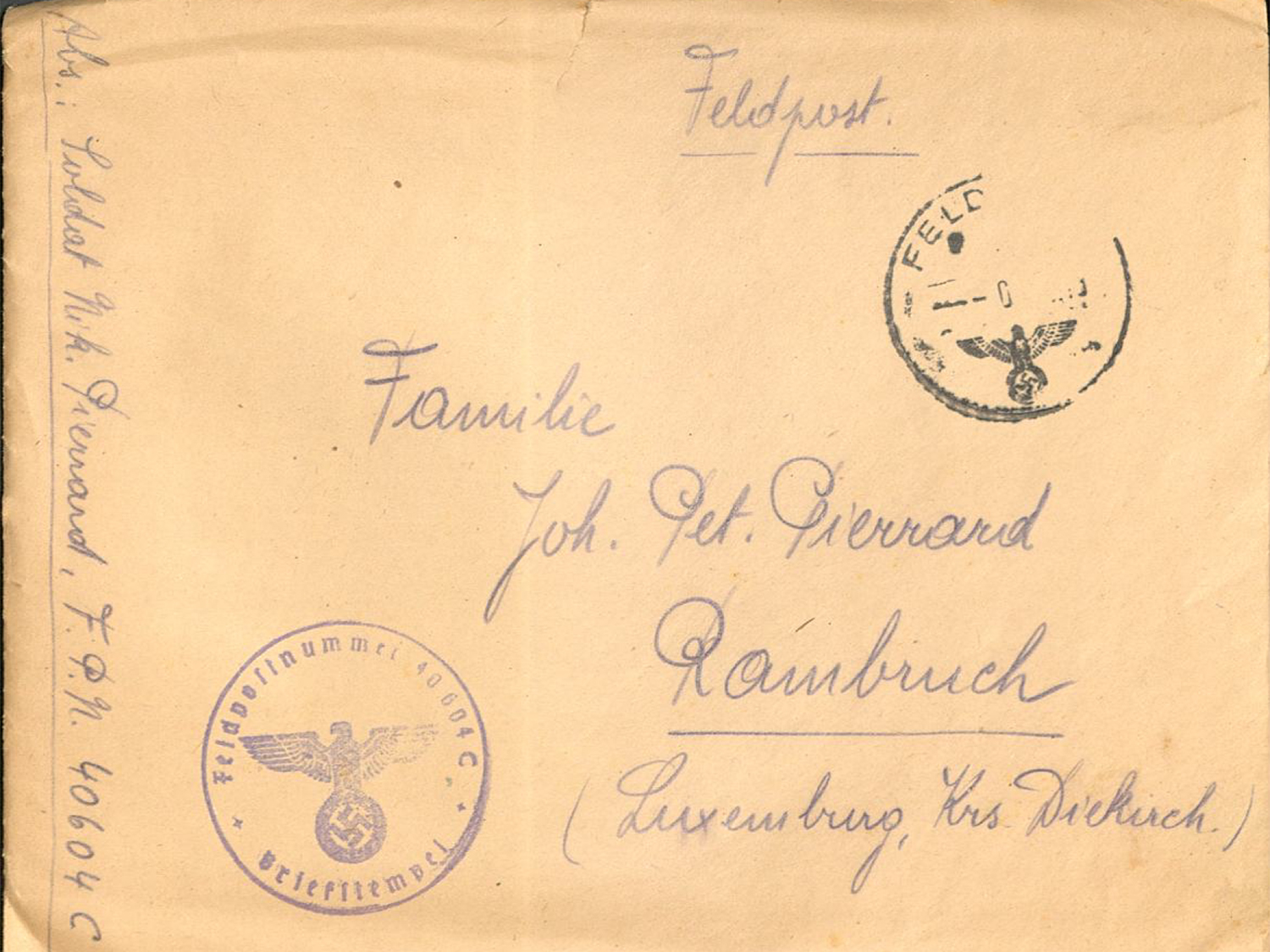
WARLUX
Le site du projet Warlux se concentre sur les expériences de guerre des jeunes Luxembourgeois qui ont servi dans le Wehrmacht et Reichsarbeitdienst pendant la Seconde Guerre mondiale. La base de données du site comprend une vaste collection de lettres de guerre numérisées.
-
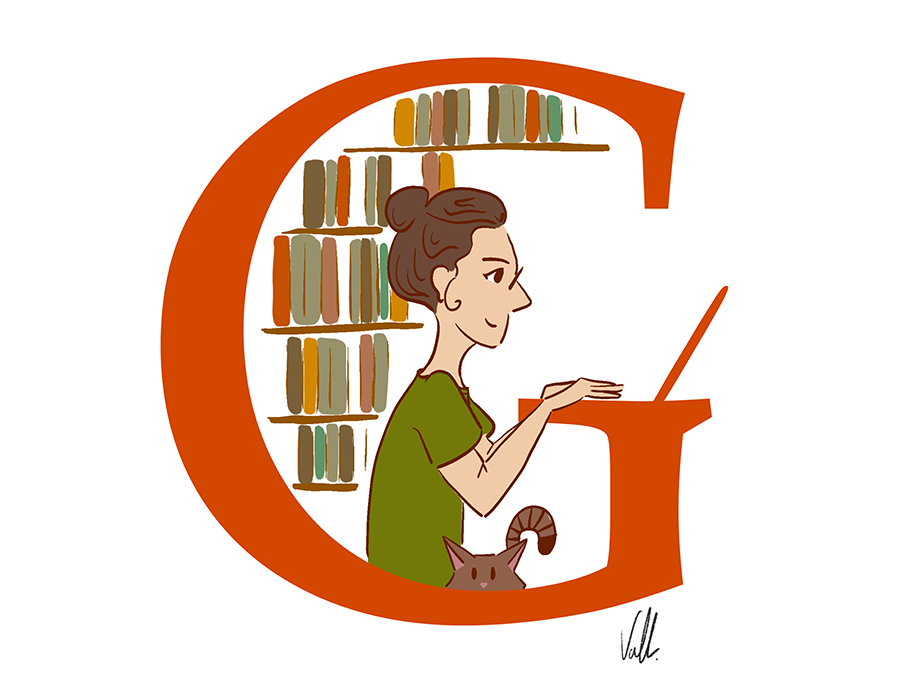
Gazengel
Rencontrez Gazengel, une doctorante imaginée par Aliénor Gandanger, elle-même doctorante aux universités de Caen et du Luxembourg. Gazengel vous emmène dans les coulisses d’une jeune chercheuse et explorera les différentes facettes de ses aventures scientifiques et créatives.
-
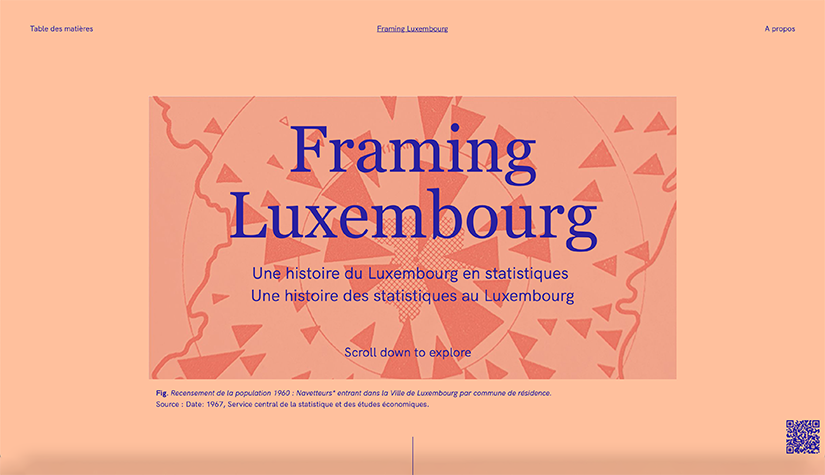
Framing Luxembourg
Avec « Framing Luxembourg », le Statec et le C²DH racontent «une histoire du Luxembourg en statistique ainsi qu’une histoire de la statistique au Luxembourg».
-
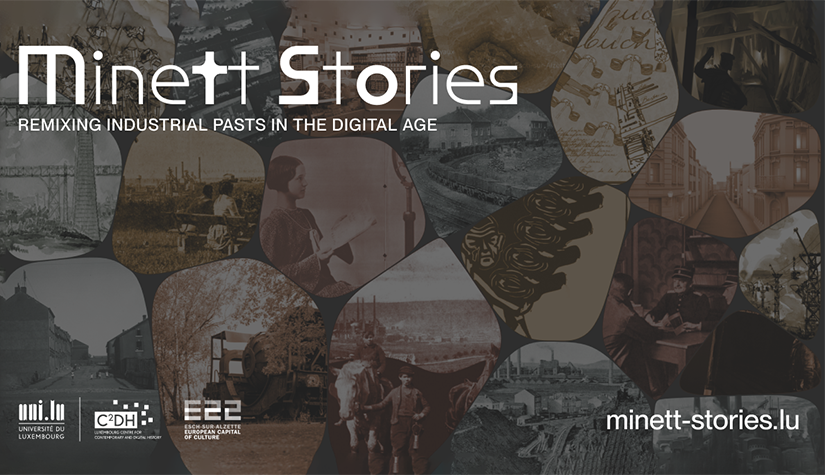
Minett Stories
L’exposition virtuelle Minett Stories traite de l’histoire et de l’identité de Minett, la région industrielle du sud du Luxembourg, en 22 chapitres.
-
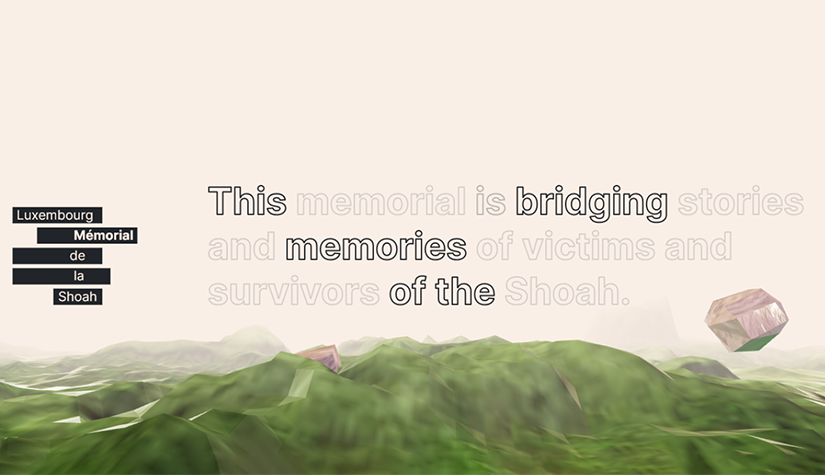
Luxembourg Mémorial de la Shoah
Ce mémorial construit un pont entre les histoires et la mémoire des victimes et des survivants de la Shoah.
-
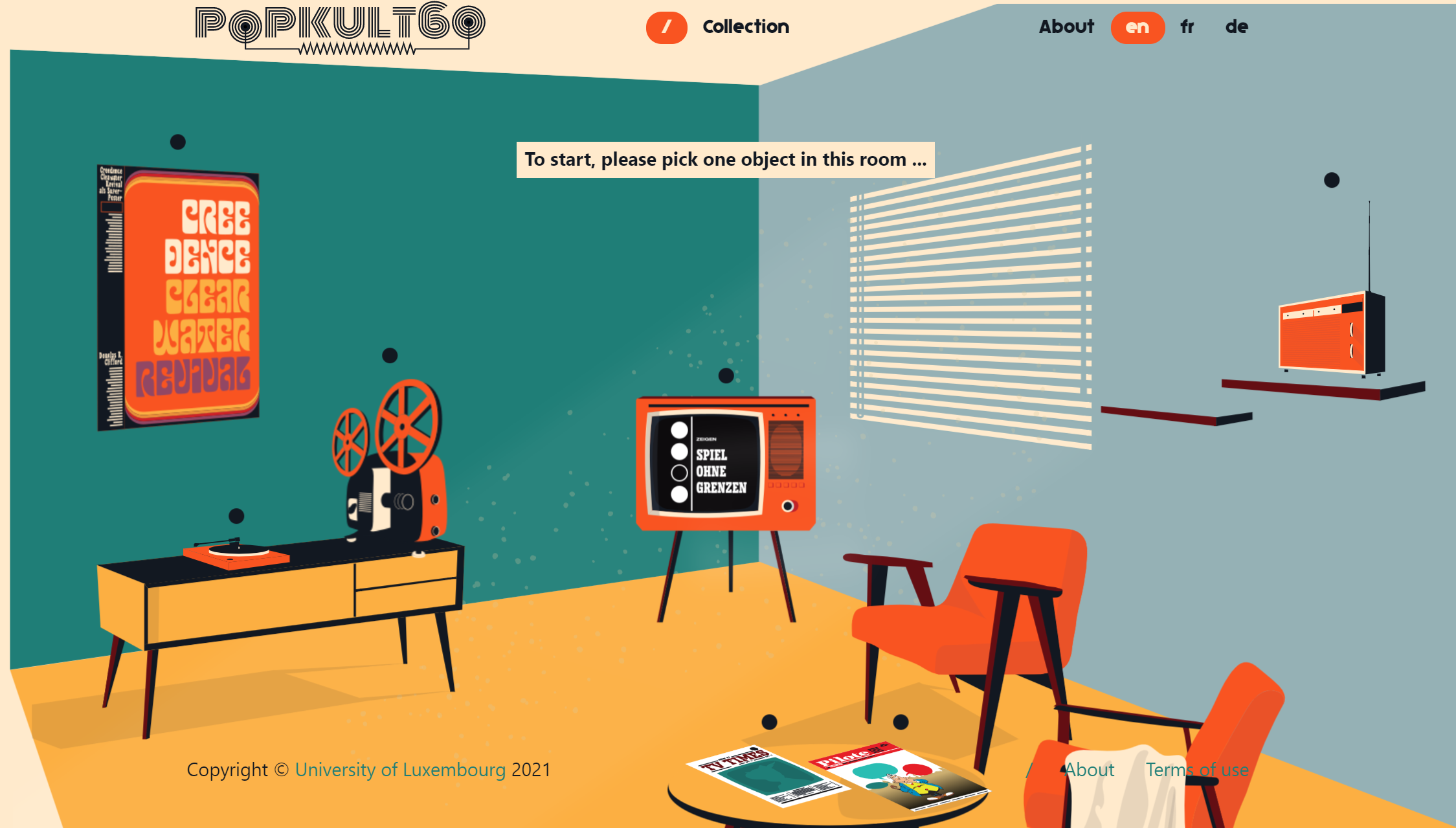
Popkult60 online exhibition
L’exposition virtuelle du projet de recherche Popkult60 sur l’histoire transnationale de la culture populaire des années 1960 explore la riche production culturelle des années 1960 et les liens entre les pays européens.
-
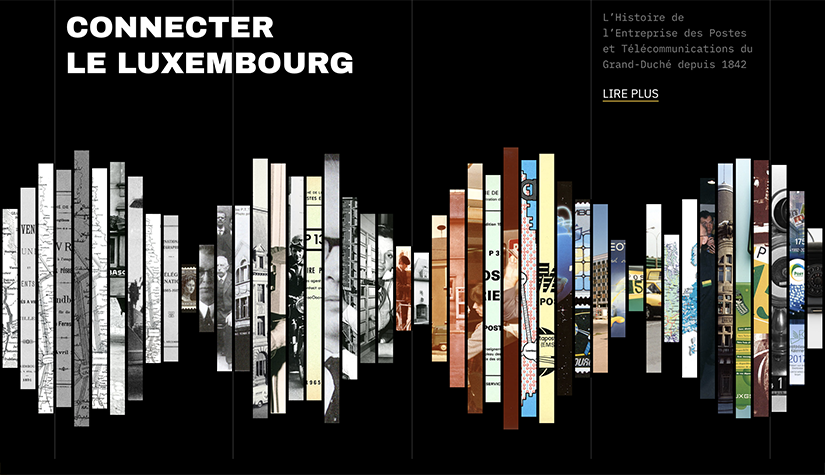
175 Joer POST
Une immersion virtuelle dans le monde des timbres, du courrier, des télécommunications, des satellites… et des hommes et des femmes au service des Luxembourgeois depuis 1842.
-
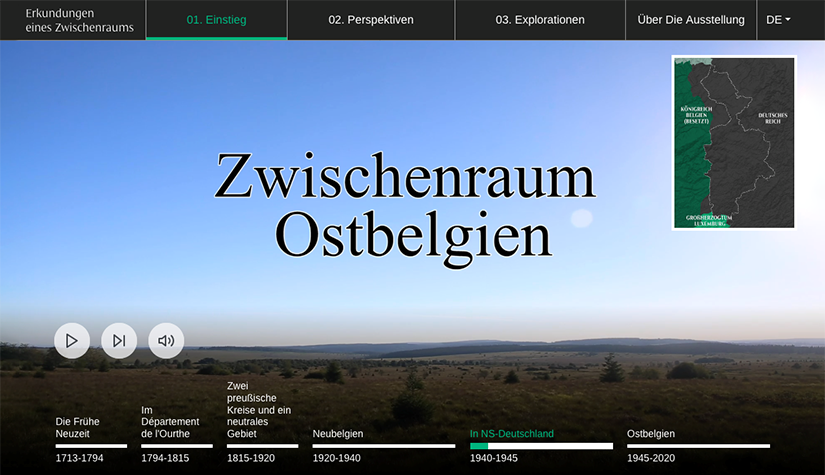
Les Cantons de l‘Est 1920-2020. Prospections d’un entre-deux
Les Cantons de l’Est 1920-2020 est une exposition virtuelle retraçant l’histoire de la région d’Eupen-Malmedy-Saint Vith depuis le changement de nationalité de 1920.
-
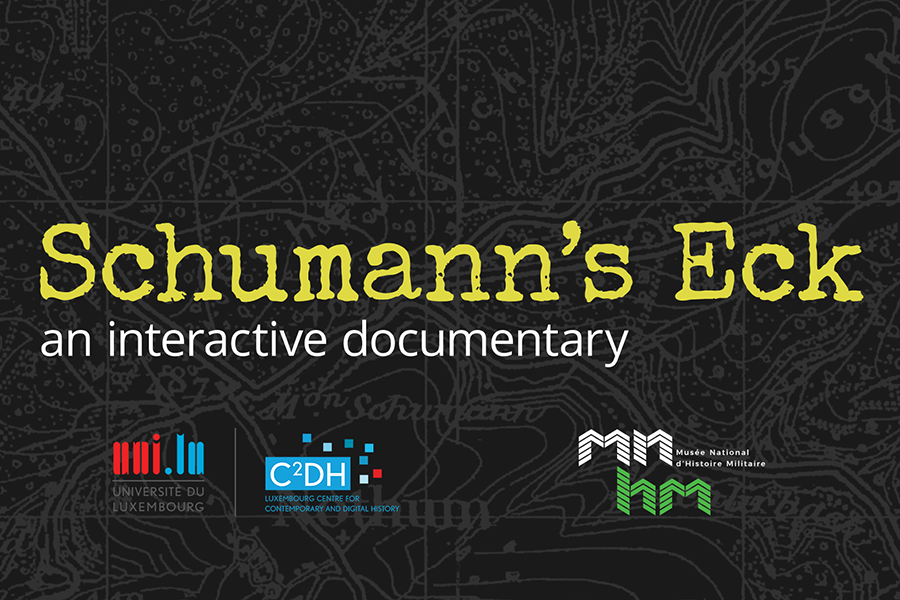
Schumann’s Eck
Documentaire interactif réalisé par les étudiants du Bachelor en Histoire contemporaine du Luxembourg, en collaboration avec le Musée national d’histoire militaire de Diekirch, à l’occasion du 75e anniversaire de la Bataille des Ardennes.
-
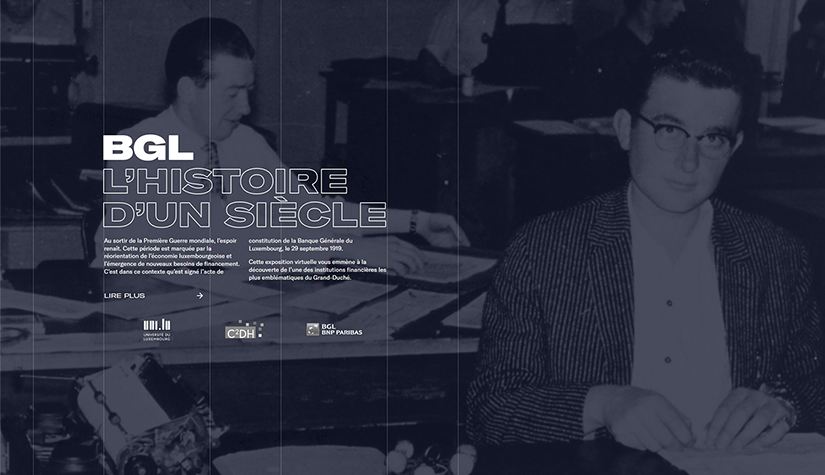
BGL: L’histoire d’un siècle
L’exposition virtuelle a été conçue par le C²DH à l’occasion du centenaire de BGL BNP Paribas. La rétrospective retrace l’histoire de la banque de 1919 à nos jours.
-
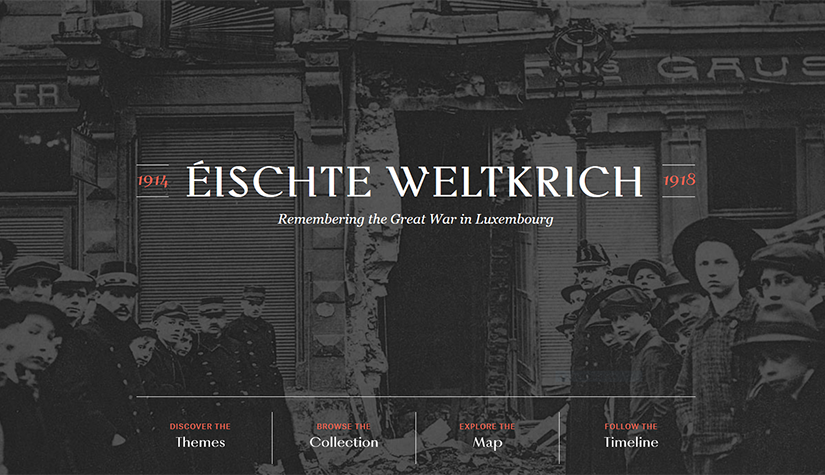
Éischte Weltkrich: La Grande Guerre au Luxembourg
L’exposition virtuelle développée par le C²DH retrace des aspects clés de l’histoire et de la mémoire de la Première Guerre mondiale au Luxembourg.
-
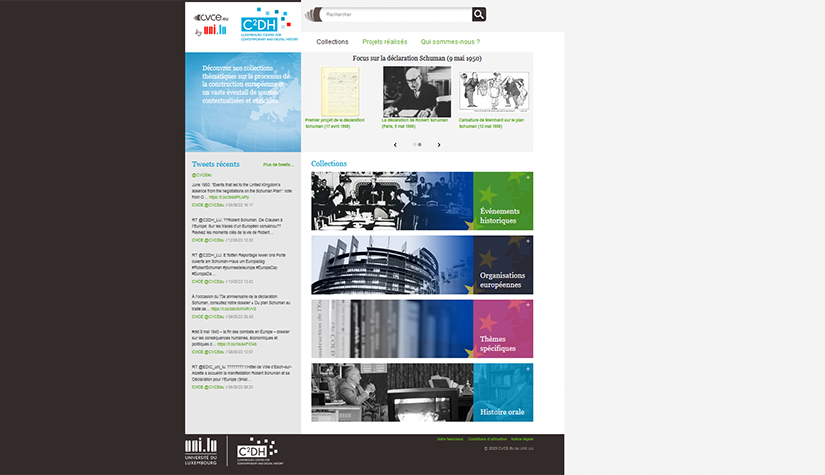
CVCE.eu by uni.lu
Une collection de publications numériques thématiques sur le processus d’intégration européenne de 1945 à 2014. Une analyse de sujets variés basée sur une sélection étendue et contextualisée de plus de 25 000 ressources documentaires multimédias, multisources et multilingues pertinentes et enrichies.
-
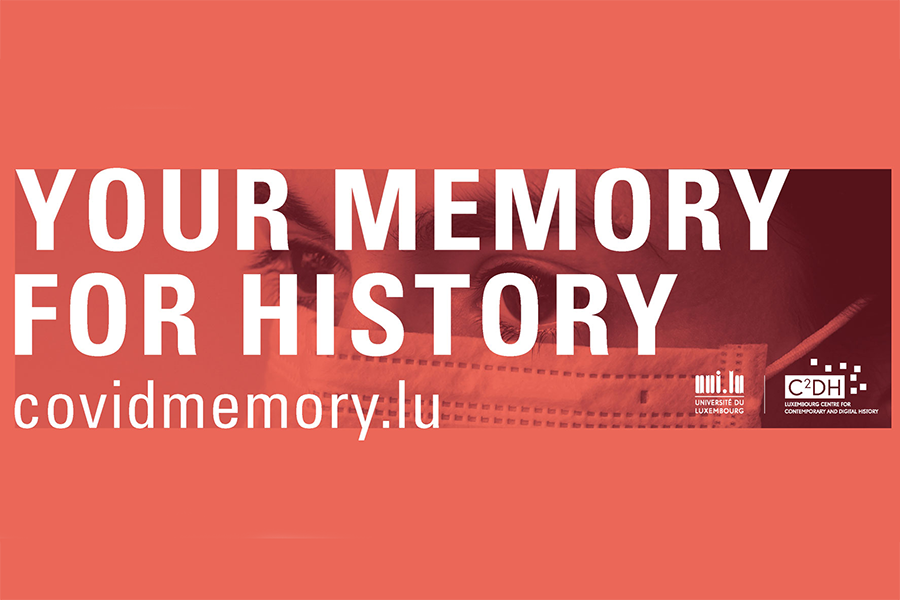
Covidmemory
Avec la plateforme en ligne covidmemory.lu, le C²DH souhaite offrir à toutes les personnes vivant ou travaillant au Luxembourg la possibilité de partager leurs expériences de la pandémie de Covid et de les préserver pour les générations futures. Chacun peut télécharger des photos, des vidéos ou des textes sur cette plateforme en ligne ouverte et gratuite, nous permettant de documenter comment la pandémie a changé nos vies.
-
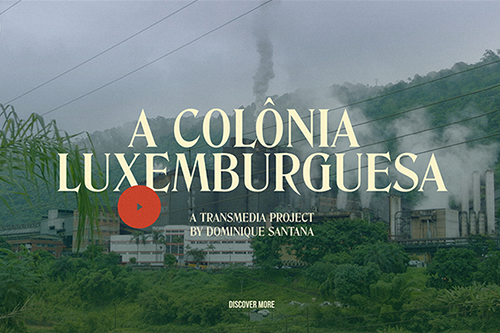
A Colônia Luxemburguesa
Ce documentaire transmédia nous emmène au cœur de la soi-disant Colônia Luxemburguesa et nous invite à découvrir ensemble un siècle d’héritage industriel, culturel et social commun.
Journal of Digital History
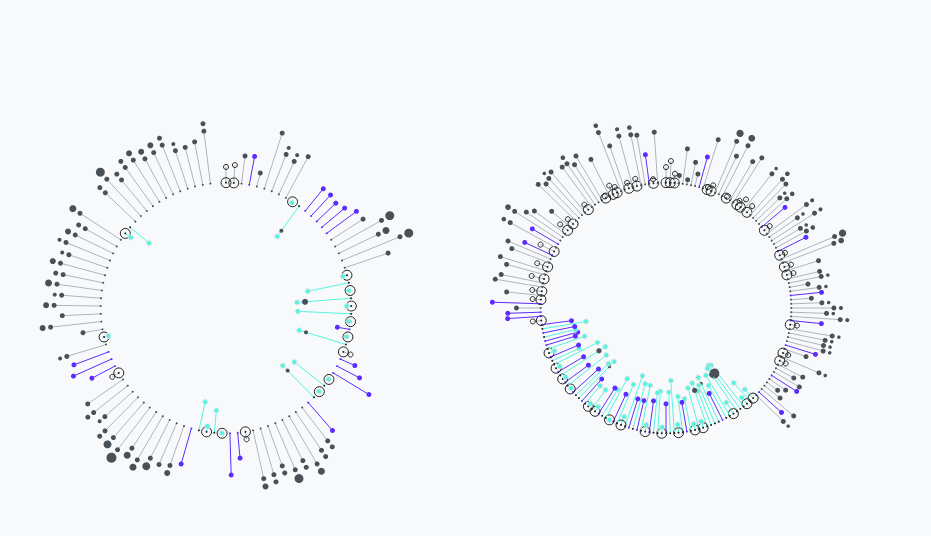
En tant que revue internationale, académique, à comité de lecture et en libre accès, le Journal of Digital History (JDH) établira de nouvelles normes en matière de publication historique sur la base du principe des articles à plusieurs niveaux.
La revue vise à devenir le centre central du débat et de la discussion critiques dans le domaine de l’histoire numérique en proposant une plateforme de publication innovante, promouvant une nouvelle forme d’érudition basée sur les données et de narration transmédia dans les sciences historiques.
Innovating & Sharing History podcast
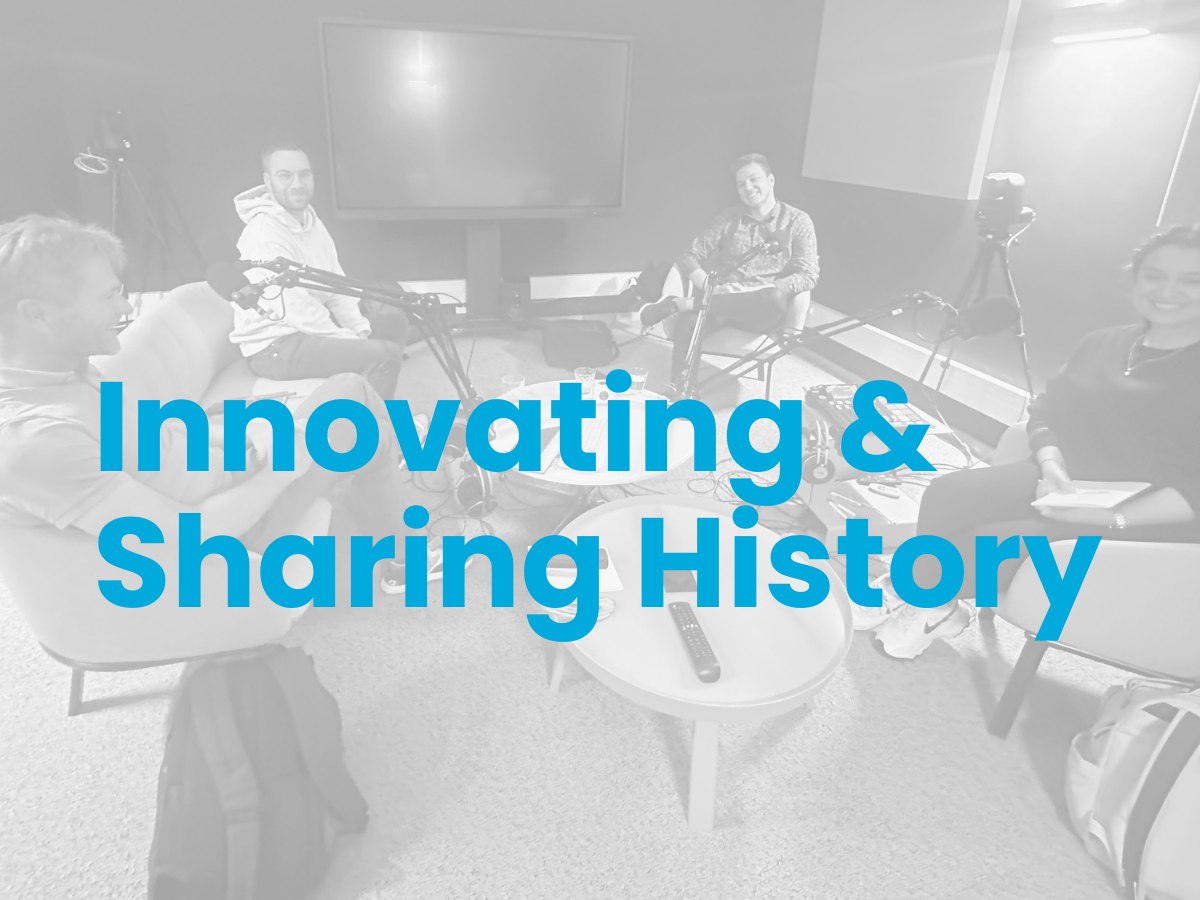
Vous avez toujours rêvé d’explorer l’histoire contemporaine et numérique de manière nouvelle et passionnante ? «Innovating & Sharing History» est le podcast du C²DH qui vous initie à l’expérimentation ludique de méthodes et d’outils numériques de pointe pour étudier, interpréter, raconter et publier l’histoire contemporaine. Dans chaque épisode, des historiens, des data scientists, des développeurs web et des étudiants vous présenteront les défis de l’histoire contemporaine, en offrant au public de nouvelles perspectives et des approches innovantes pour partager le passé.
Série de livres avec De Gruyter Oldenbourg
Le C²DH partage et valorise les résultats de ses recherches à travers de nombreuses publications. Ses chercheurs produisent des publications savantes à destination de leurs pairs et d’un lectorat spécialisé. Trois séries de livres en libre accès résultent d’un partenariat avec l’éditeur scientifique De Gruyter Oldenbourg.
-
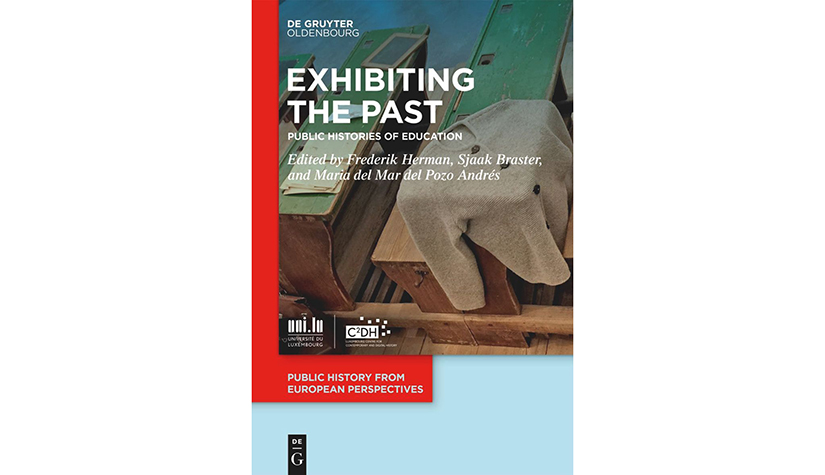
Public History from European Perspectives
With this book series, the C2DH wants to serve as a platform for public history, exploring its potential as an interdisciplinary field and a means of fostering and reflecting upon public engagement, dissemination and participatory practices in areas such as heritage-making, modes of display, and historical storytelling.
-
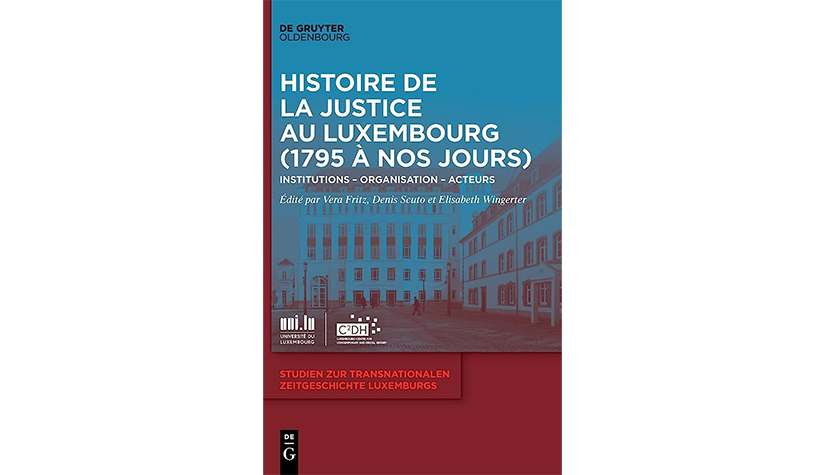
Transnational history of Luxembourg
The book series, Transnational History of Luxembourg, offers a platform for studies about Luxembourg in a European perspective. The book series places particular emphasis on the analysis of the political, economic, social and cultural history of Luxembourg from 19th and 21st century. The aim is to produce new knowledge about the transnational history of Luxembourg by studying phenomena and processes that have profoundly affected the country and whose comparative value exceeds the national perspective. The series is edited by Benoît Majerus and Denis Scuto.
-
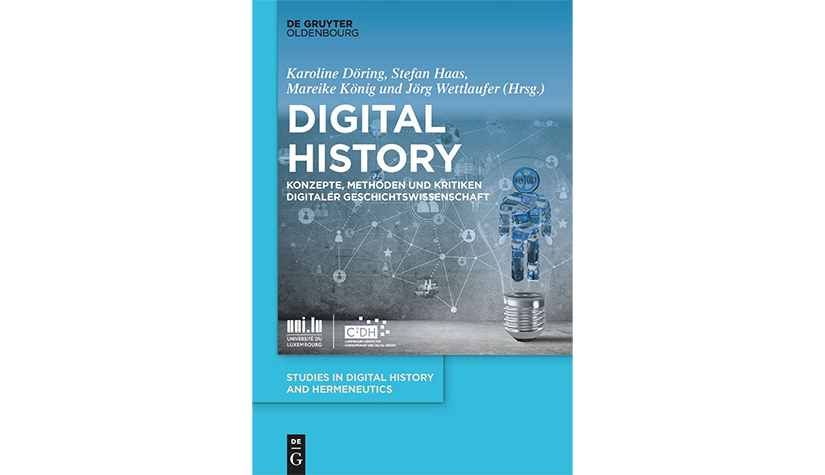
Studies in Digital History and Hermeneutics
The series Digital History and Hermeneutics offers a platform for cutting edge scholarship in the emerging field of digital history and hermeneutics. It aims at making a critical intervention in the field of digital humanities and introduces key debates and concepts of digital history to the historical community at large. The series is edited by Andreas Fickers, Valérie Schafer, Sean Takats, and Gerben Zaagsma.
Rapports annuels
Découvrez les moments forts et les réalisations du C²DH au fil des ans. Tous nos rapports annuels sont intégralement disponibles en version numérique, en anglais.